According to the IMF, Africa’s combined GDP is expected to grow by 4% in 2024 from the 3.3% recorded in 2023. This paints a promising picture of a continent brimming with economic potential. However, a stable currency is a vital ingredient for sustained growth.
But the benefits extend far beyond daily expenses. A strong currency acts as a magnet for foreign investment. Investors are more likely to put their money in countries with stable currencies, knowing their returns will translate favorably when converted back to their home currency. This influx of investment fuels economic growth and creates a virtuous cycle of development.
African governments do not underestimate the importance of currency stability, and many are actively working to strengthen their currencies. 2024 has already seen several African currencies make headlines for their impressive stability, a testament to the continent’s ongoing efforts.
Here are the African countries with the strongest currency in 2024, based on each country’s current exchange rate. This list is based on Google Finance data and bolstered by additional information from Forbes Currency Converter for a well-rounded picture.
Which African countries have the strongest currencies in 2024?
1. Tunisia (TND): 3.12/$ (Tunisian Dinar)

Despite recent economic hardships, the Tunisian Dinar has defied expectations with its relative stability. This can be attributed to the government’s implementation of prudent fiscal policies that prioritize responsible spending and debt management. Tunisia has also made a strategic focus on export diversification beyond traditional sectors like tourism to reduce reliance on a single source of income, making the Tunisian economy less vulnerable to external shocks.
2. Libya (LYD): 4.84/$ (Libyan Dinar)

The Libyan Dinar’s strength is largely due to Libya’s significant oil reserves. However, the country’s ongoing political instability creates uncertainty. While oil exports generate substantial revenue, translating this wealth into long-term economic growth and stability hinges on a peaceful resolution to the conflict.
3. Morocco (MAD): 10.03/$ (Moroccan Dirham)

The Moroccan Dirham enjoys a reputation for stability thanks to its thriving tourism industry. The government’s ongoing efforts to attract foreign direct investment (FDI) further bolster the Dirham’s position. Morocco attracts foreign capital and expertise by creating a business-friendly environment and fostering economic development. This contributes to its currency’s strength.
4. Ghana (GHS): 12.39/$ (Cedi)

The Ghanaian Cedi has shown remarkable resilience despite some recent devaluation pressures. This newfound stability might be due to recent government initiatives focused on curbing inflation and promoting economic growth. Measures like raising interest rates and controlling government spending aim to create a more predictable economic environment for businesses and investors.
5. Seychelles (SCR): 13.42/$ (Seychellois Rupee)

The Seychellois Rupee benefits from the country’s strong tourism sector, which attracts a steady stream of foreign currency. Additionally, Seychelles boasts a well-developed financial system that inspires confidence in investors and businesses.
6. Botswana (BWP): 13.56/$ (Botswana Pula)

The Botswana Pula remains a symbol of the country’s economic strength. This strength is bolstered by two main factors – diamond exports and a robust financial system. Botswana is one of the world’s leading diamond producers, and these exports generate significant foreign currency earnings. The country’s well-managed financial system also inspires investor confidence and promotes economic stability.
Related Articles:
7. Eritrea (ERN): 15.0/$ (Eritrean Nakfa)

The stability of the Eritrean Nakfa is a result of the government’s strict control over the foreign exchange market. This control limits currency fluctuations, reduces transparency, and makes it difficult for businesses to engage in international trade. Limited economic data makes it challenging to assess the Nakfa’s long-term sustainability and its true reflection of the Eritrean economy’s health.
8. Lesotho (LSL): 18.65/$ (Lesotho Loti)

The Lesotho Loti benefits from being pegged to the South African Rand (ZAR). This peg ensures relative stability for the Loti as its value moves in tandem with the Rand. Lesotho’s close economic ties with South Africa, including a common customs union, also influence the Loti’s performance.
9. Namibia (NMD): 18.50/$ (Namibian Dollar)

Like the Lesotho Loti, the Namibian Dollar (NMD) is pegged to the South African Rand (ZAR), enjoying similar stability benefits. Namibia’s resource wealth, particularly its diamond and mineral deposits, also contributes to its economic standing and supports the Namibian Dollar’s value.
10. South Africa & Eswatini (ZAR): 18.50/$ (South African Rand)

The South African Rand (ZAR) is the most widely traded African currency and is also legal tender in Eswatini. The Rand’s strength reflects South Africa’s position as a big economy. South Africa’s diversified economy and strong manufacturing and financial services sector contribute to the stability of Rand.

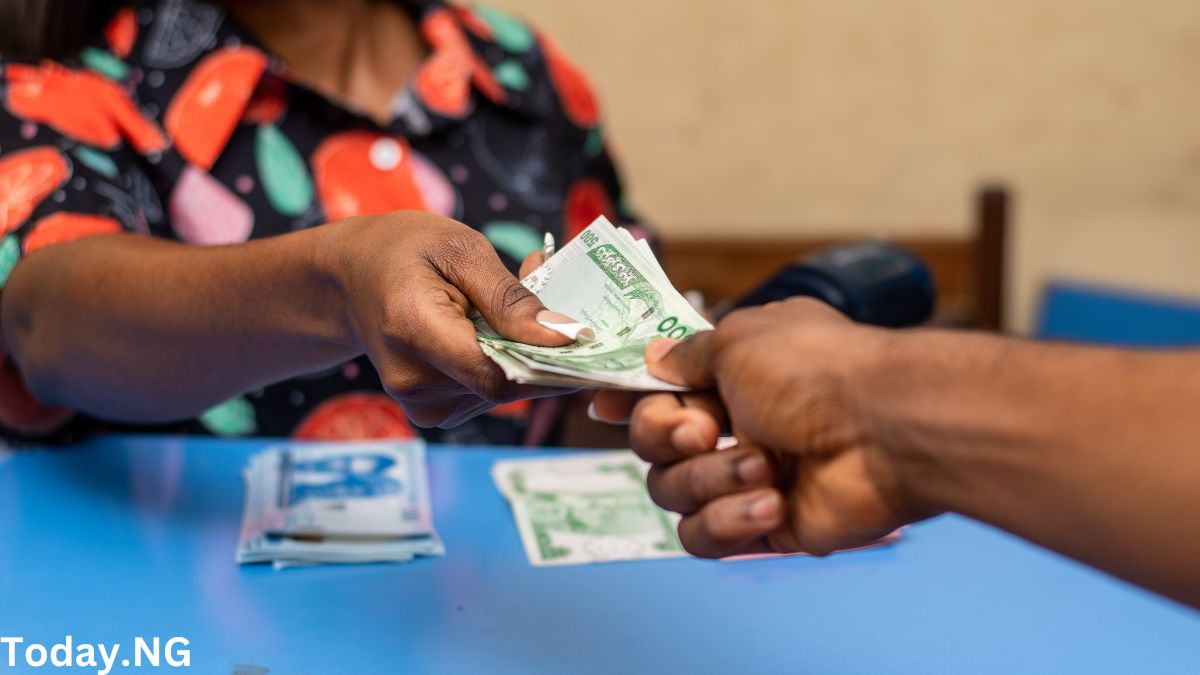
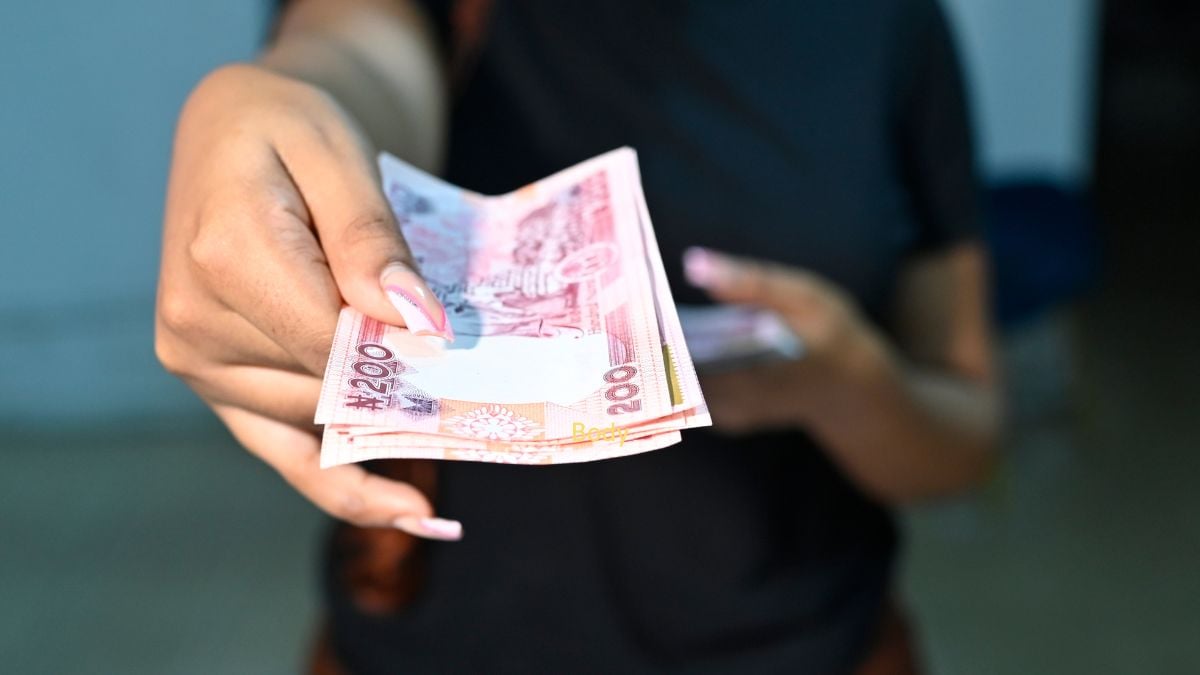


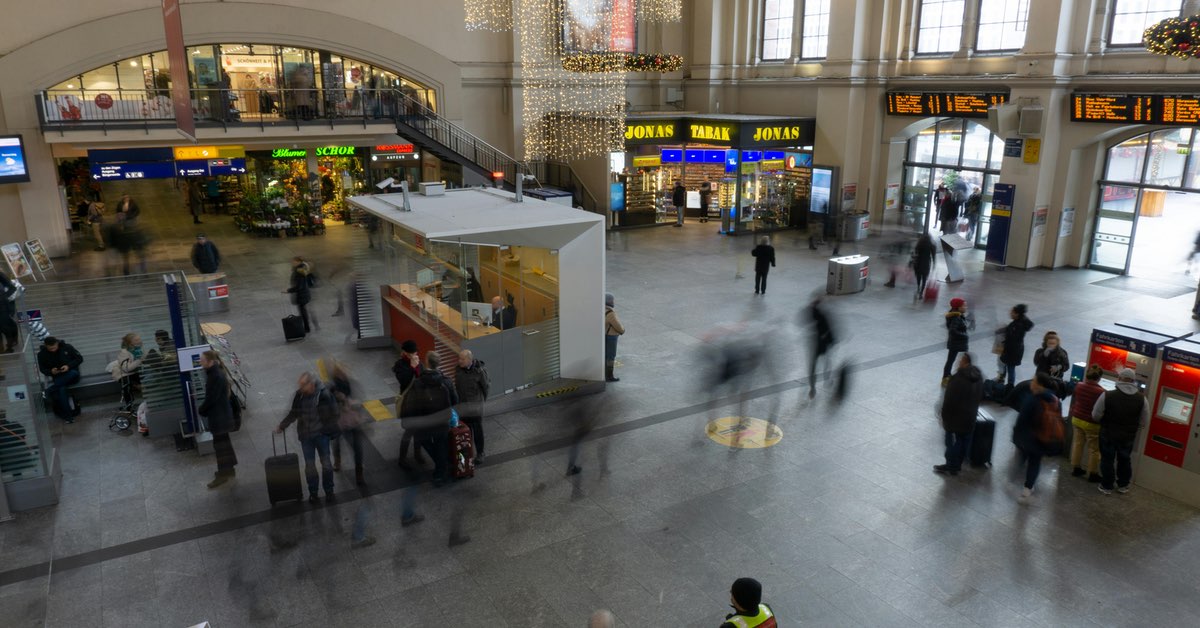


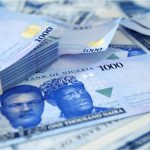

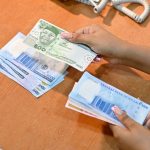

This Post Has 0 Comments